I have dived on many wrecks and hunted in mountains and visited many crash side. Here are some of them.

This picture is taken by a fellow diver(Frank Bang), not a close friend, but we meet once in a while. It was my first ever planewreck dive. One week after this plane was found I dived on it, A Dornier 26 , only one remain in the world. Like the JU 52 it supplied defeated and retreating German soldiers and got under fire from a English destroyer during the prosess. (April 1940 in Rombakfjord) I think the crew managed to get ashore and was taken to Sweden and home. One week after it was found the forward MG 15 was gone, it was found again in Sweden and returned to the museum in Narvik. So relichunters can do much damage. The cockpitpanels of the plane is also now in this museum.
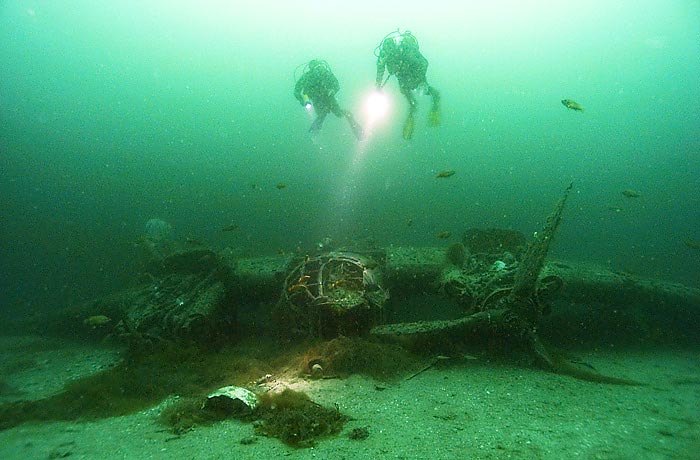
Growing up among crashed airplanes and other relics after the nearby mountains and sea. I was a avid wreck diver before and have dived on many ditched planes. The picture taken here is not taken by me, but I have been there. And was there in the start of recovering the nose cannon, now installed in a complete HE 111 in a museum
The Lufttorpedostaffel attacked convoy PQ 17 three times this day. The "Löwengeschwader" KG 26 lost four Heinkels:
WNr.7098 1H+GH (Lt.Konrad Hennemann)
WNr.7156 1H+MH (Lt.Georg Kaunmeyr).
WNr.4966 ditched in the Barents sea. In addition a BV 138C (WNr.0310119 7R+HH) was lost.
The crew were brought to Tromsø onboard a German patrol boat the day after the crash.
The next day another He 111 of I./KG 26 (WNr.7084) made a forced landing in the sea at Malangen. Luftwaffe lost 11 aircrafts during the attacks on convoy PQ 17
The crew of this airplane was rescued by a local freight boat and the captain was ordered to tow it ashore, the boat got "problems with the engine" and the plane sunk. One of the passangers was a 10 year old passanger, he aimed at landmarks on two different places and was able to point the location of its whereabouts to a friend of mine, this is why I was one of the first to dive on that plane
MOVIE INTO THE WHITE
Partridge’s Skua on display at the Fleet Air Museum in Yeovilton, Somerset England It was recovered from the bottom of the lake which,
frozen at the time,.
The Heinkel 111 P2 is one of the most pristine static restored Heinkel 111 in the world. It is in Gardermoen on Norsk Luftfartmuseum.
The war grave is from UFFS Hauck witch died in the air battle with the Skua. HE was temporary buried behind Grotli Hotel.
While trying to bring his sputtering plane into a safe landing, Partridge spotted an old reindeer hunter’s cabin not too far away.
They hiked there through the snow, only to soon be set upon by the German crew with pistols and knives at the ready.
Thinking quickly and trying to break down the language barrier in a mix of German and English, Partridge convinced
the Germans that he and Bostock were survivors of a downed Vickers Wellington Bomber (and not the aces that had brought their plane down).
The film adaptation of these events goes quite off course from this point. It portrays both crews staying in the cabin together,
the British indignantly sitting as POWs while starting to warm up to their roommates and all cooperating more together over a series of many stormy nights
while the food quickly runs out.
Report Advertisement
In truth, according to Schopis’ memoirs, Partridge had suggested on the first day they met that the Germans stay in the
cabin and the Brits look elsewhere for shelter. That night, the British stumbled upon the Grotli Hotel, closed for the winter, but offering shelter from the harsh weather.
The Germans arrived the next morning, and all shared breakfast together.
Partridge and Strunk left that day to search for people and, hopefully, save both crews from dying. It would be no use to either party
to be found dead from starvation when the seasons finally changed
They quickly found a Norwegian ski patrol, close enough to the hotel that Bostock could hear the shot being fired which he assumed was Feldwebel Strunk killing his captain. But it was Strunk who lay dead, reportedly shot by the ski patrol as he reached for his pistol.
Schopis and Auchtor were taken into custody by the Norwegians, turned over to the British, and eventually sent to a POW camp in Canada where they spent the remainder of the war.
Partridge and Bostock, under suspicion for their cooperation with Germans, managed to convince the Norwegians they were, at least,
English by showing them their uniforms’ tailor labels and a half crown coin. Also, through a huge stroke of luck, the commander of the ski patrol happened to have some mutual acquaintances with Partridge.
The two British flyers were set free and hiked to Alesund, a town on the Norwegian coast, many miles away and under heavy German attack.
The ship that was supposed to evacuate them and other British soldiers never arrived, so they stole a car and drove to northeast to Andelsnes,
where they managed to secure passage back to England.
In June 1940, while assaulting the German battleship Scharnhorst, Partridge was shot down and captured by the Germans,
spending the rest of the war as a POW. Bostock, once again flying a Blackburn Skua, was killed in the same battle.
Many years later, in 1977, Schopis received a phone call from Partridge, and the two met as friends in their hometowns of Munich and London.
Partridge’s Skua was recovered and sits on display at the Fleet Air Museum in Yeovilton, Somerset, England. (Schopis’s wrecked Heinkel still waits,
atop the lonely mountains near Grotli, Norway.) Latter not true, there are remains, but the plane is as stated the one in Luft museum
By Colin Fraser for War History Online

The dramatized movie of the event was not inaccurate in the big picture, but spiced up a bit
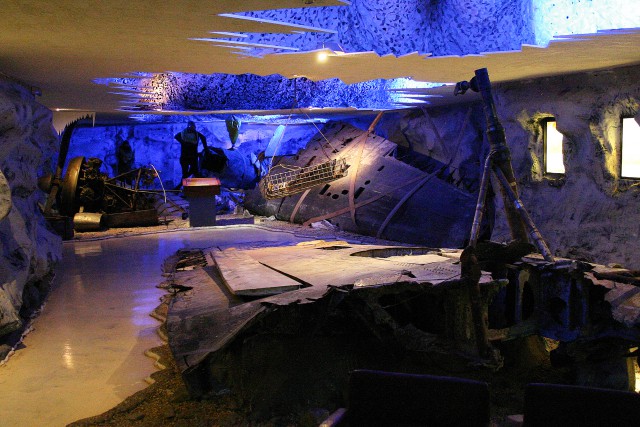
Partridge’s Skua on display at the Fleet Air Museum in Yeovilton, Somerset England. It was recovered from the bottom of the lake which, frozen at the time, Partridge landed on.

Here is the Heinkel. In a museum outside Oslo Gardermoen airport
Kampfgeschwader 4 ”General Wever” 5J+CN
Initially hit in the right engine by AAA from HMS Manchester before it was shot down
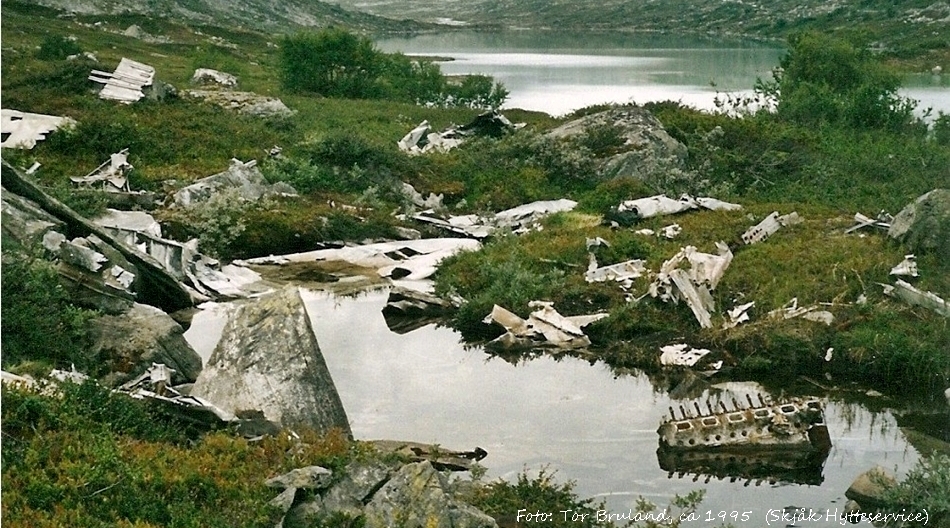
The remains of the Skua was recovered in 1974 during summer.
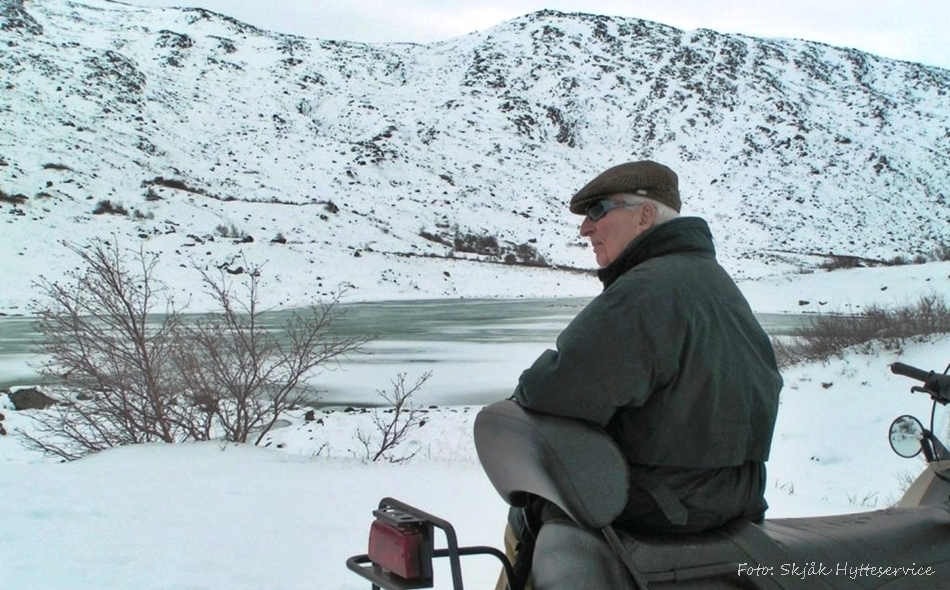
Pilot of the Heinkel 111 Horst Schopis, visited the crash site in 2009 Aged 97 year old
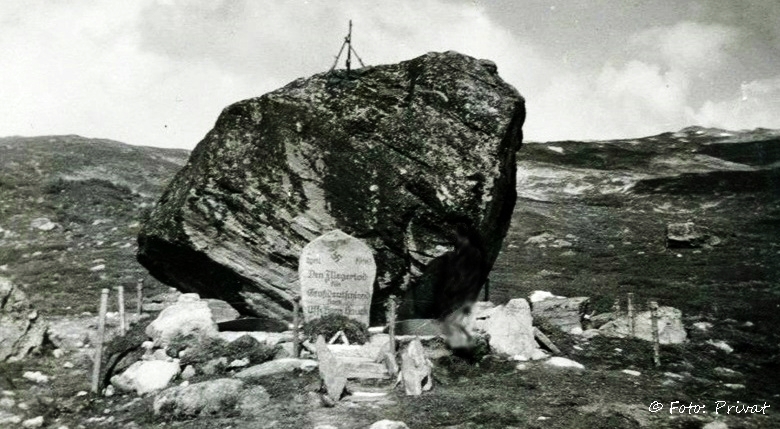
The temporary grave of UFFS Hauck that died in the air battle with the Skua

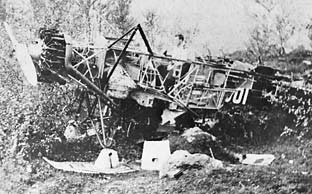
From my fortheens birthday I spent a lot of time in the mountains hunting for Mountain Grouse . Up there there was some plane wrecks , Two of them was a Fokker CVD light bomber and recce plane build in Netherland in late 1920ś . It did important recce and bomber duties. One in particular was shot down by a pursuing HE 111 bomber.
The Norwegian air forces in Narvik was used several times for important duties as recognizance, photographing and bombing of enemy positions.
The force consisted of old Fokker and Heinkel bombers. On the 4th of May the air fleet was attacked by German planes. It was a unfair battle,
and the old bombers had little they could do against the modern German planes. One of the Fokker planes,
piloted by lieutenant Håkon Kyllingmark, was attacked by a Heinkel 111. He did all his efforts to get it of him,
but the plane continued to follow the Fokker. It shot several burst at the plane, and a last powerful burts made the plane loose control and crash. Kyllingmark was thrown out of the cockpit and became unconscious. Lieutenant Eggen was stuck inside the plane, with both arms and legs broken.
He shouted on Kyllingmark, who was to weak to help Eggen. Kyllingmark was able to shot 10-15 gun shots, but nobody came. He started walking,
and after two kilometers in deep, rotten snow and difficult terrain he met a machine gun crew.
He had fainted for more than 10 times and fantasized in the snow. After 12-14 hours they both came under medical attention.
The other Fokker had difficulty separating friend and foe and landed close to soldiers they believed was friendly,
After landing it got under MG fire and the pilots was taken prisoner. The wreck picture is from this Fokker.
And I simply can not atm find pictures of the other. The engine from this fokker are placed in Narvik War museum
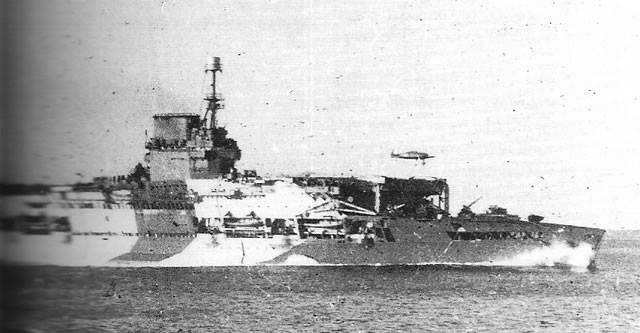
A remarkable photo showing a 46 Squadron Hurricane taking off from HMS Glorious en route to Skanland,
Norway on 26th May 1940. As the first two Hurricanes came in to land they encountered soft ground and nosed over.
The rest of the Hurricanes were diverted to Bardufoss, where they would remain for their short stay in Norway.
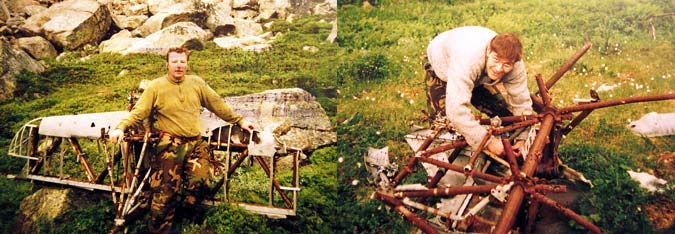
Hurricane Crash site :
Nine Hurricanes were up on patrol when they met a big force of 26 Luftwaffe bombers approaching Vestfjorden.
Pilot Officer Neville Lavis Banks and F/O Jack W Lydall attacked three He.111, north of Lødingen.
Two of the Heinkels were shot down. One Heinkel crash-landed at Ulvsvåg on Hamarøy.
The other one, shot down by Lydall,made a forced landing at Skogvollmyra. Both Hurricane pilots were also shot down and killed.
Banks Hurricane crashed into Skjæringstad river at Strand in Lødingen.
Lydall was shot down by either Messerschmitt Bf 110 or Metzkes Heinkel, and crashed at Tjeldøya
Pictures from 1997. Kindly provided by Arne H Hansen
When Germany attacked France a immediate redraw of British, Polish and French troops took place ,
and Norway capitulated. In this prosess the plan was to set the Hurricanes in Bardufoss on fire
But Squadron Leader Refused to do so, He and his men successfully landed their Hurricanes on the Carrier HMS Glorious .
Most got their wet grave when Glorious was sunk on their way to Scapa Flow.
The aircraft carrier HMS Glorious was returning to Scapa Flow from Norway separately from the other ships in the British Force,
accompanied by only her destroyer escorts HMS Acasta and HMS Ardent. It was a fine clear day with light wind but
HMS Glorious apparently did not have a lookout posted, did not have an aircraft on patrol –
which would have given her all round visibility of approximately 40 miles, and did not have any of her
aircraft on deck ready for immediate launch.
She was therefore surprised when spotted by the German battleships Gneisenau and Scharnhorst at about 1600.
Although Acasta and Ardent attempted to lay a smoke screen and engaged the German ships,
Glorious was first hit at 1638. The third salvo from the Scharnhorst reached Glorious from 24,175 meters (26,450 yards),
possibly the longest gunfire hit on any enemy warship ever achieved. It hit her hangars and made it impossible to launch
the aircraft that were on the point of readiness.
 Author
Topic: Some fun facts (Read 1575 times)
Author
Topic: Some fun facts (Read 1575 times)


